The Minnesota Woolen Mill salesman

One hot afternoon every summer, the Minnesota Woolen Mill salesman came to visit in his dust-covered station wagon.
The back of his wagon was weighted down with suitcases, and the suitcases were stuffed with samples of all the Minnesota Woolen Mill merchandise for that year -- wool blankets, wool garments, and other winter items like flannel sheets, thermal underwear, and quilted nylon parkas.
When my mother granted permission, the salesman hauled the suitcases into our living room, and we sat down to hear his spiel and see what he was selling.
He had one sample of each item and a book of swatches to show the different colors available. In mid-summer, his goods seemed very warm indeed, especially when a sample garment was tried on to get an idea of the size needed.

If my mother decided to buy something, the salesman filled out the order form. Then he refolded his samples, packed his suitcases, loaded his stationwagon, and drove on to the next ranch. Several months later, a package from Minnesota Woolen Mill arrived at our mailbox.
Over the years, Mama bought several Minnesota Woolen Mill blankets. They were heavy and scratchy with a creamy white background and bold stripes. I still have the one that I used as a child, and it is still a heavy, warm blanket.
In my fabric scraps, I have a Minnesota Woolen Mill skirt from the winter that I was ten. It's a turquoise-and-gray plaid, with knife pleats all the way around, and it was an important piece in my winter dress-up wardrobe until I outgrew it. One of these days, it will become part of a wool quilt. For no practical reason, I will carefully remove and preserve its tag.
I think that the last summer my mother ordered anything from the Minnesota Woolen Mill salesman was 1967. She had thought for several years that the prices were much too expensive, and that year, she was disappointed in the quality of the merchandise.
For the first time, the Minnesota Woolen Mill salesman had skirts, dresses, and jackets made of bonded wool. Those garments did not have the usual nylon lining that was attached separately; rather, the fabric had wool on one side and lining fabric on the other side.
After my sister and I wore our bonded wool skirts a few times, the lining separated from the wool and the garments lost their shape. Furthermore, the wool was not as tightly woven as it had been in the past. Mama was irritated.
I don't remember the Minnesota Woolen Mill salesman stopping at our house after that. Perhaps he did, and my mother sent him on his way. Maybe the mill went out of business. Or maybe the salesman retired; his job surely demanded strength and stamina, and he was not young.
For many years, though, he brought a selection of quality winter goods to our living room, with an opportunity to see and touch that a mail-order catalog couldn't match.
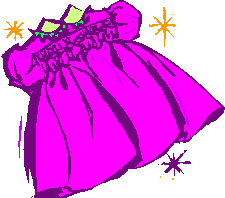 The West Kentucky State Fair is in progress at the Hopkinsville fairgrounds, and one of the attractions is a series of beauty contests. It includes several pageants for babies and little children.
The West Kentucky State Fair is in progress at the Hopkinsville fairgrounds, and one of the attractions is a series of beauty contests. It includes several pageants for babies and little children.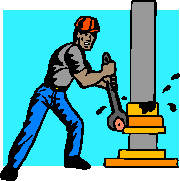 My sister-in-law Kathy sent a link to
My sister-in-law Kathy sent a link to 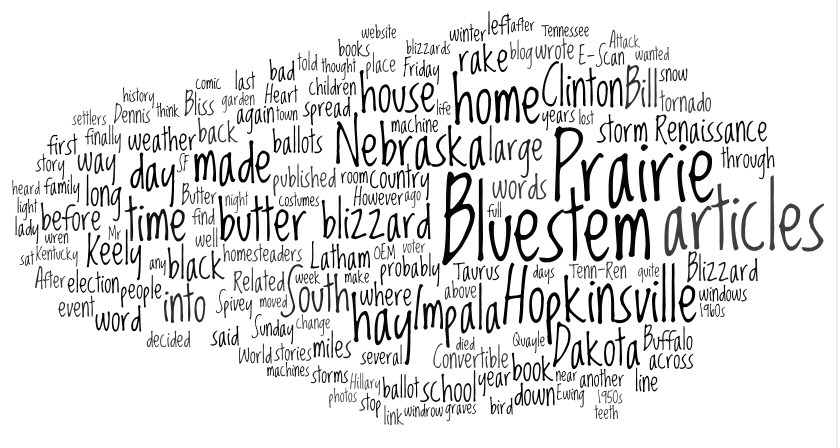
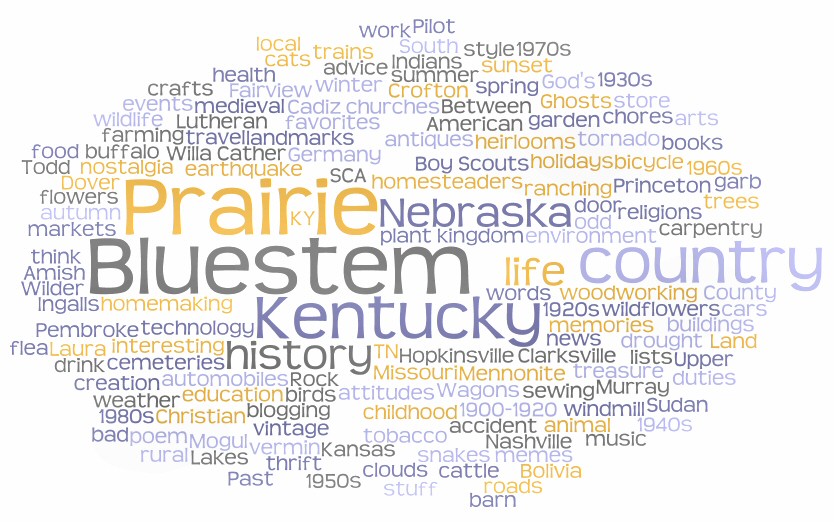


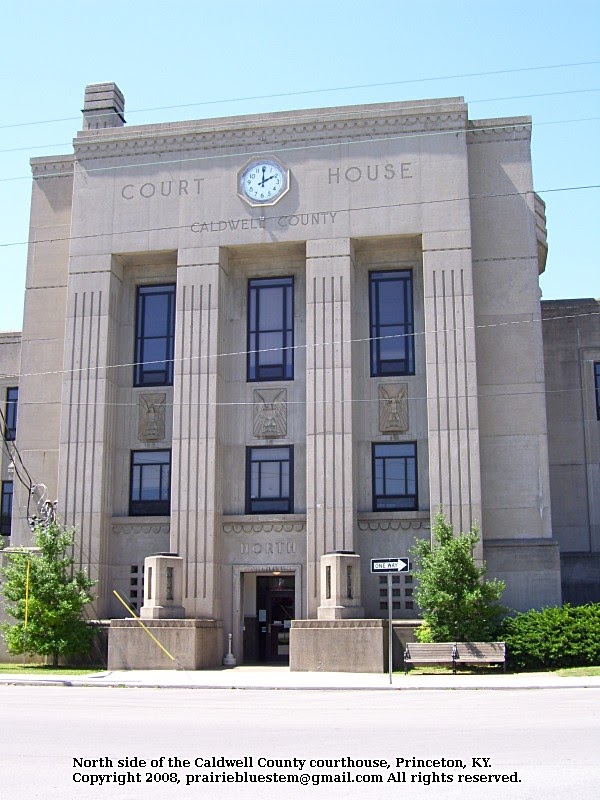
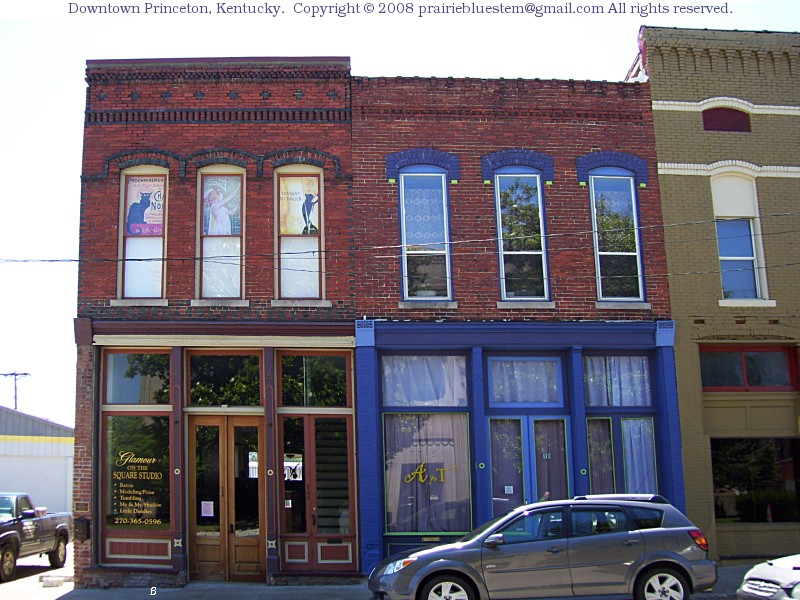
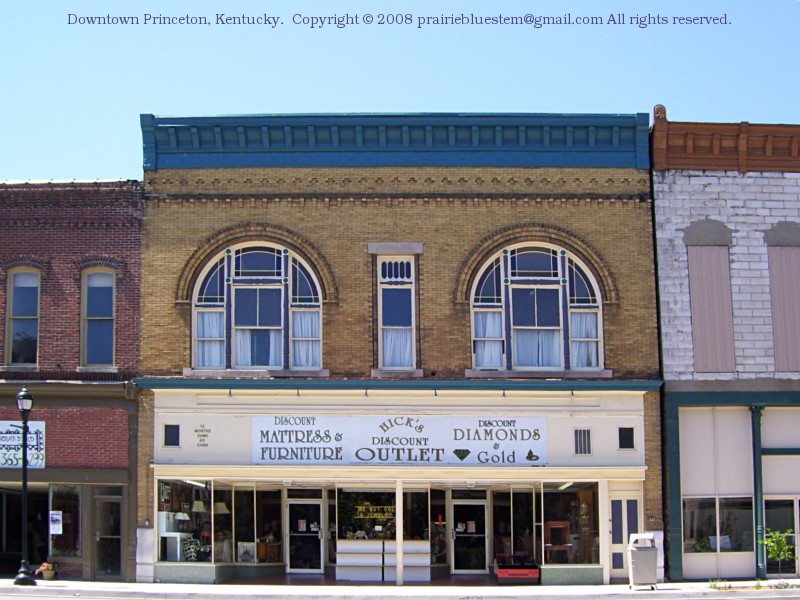
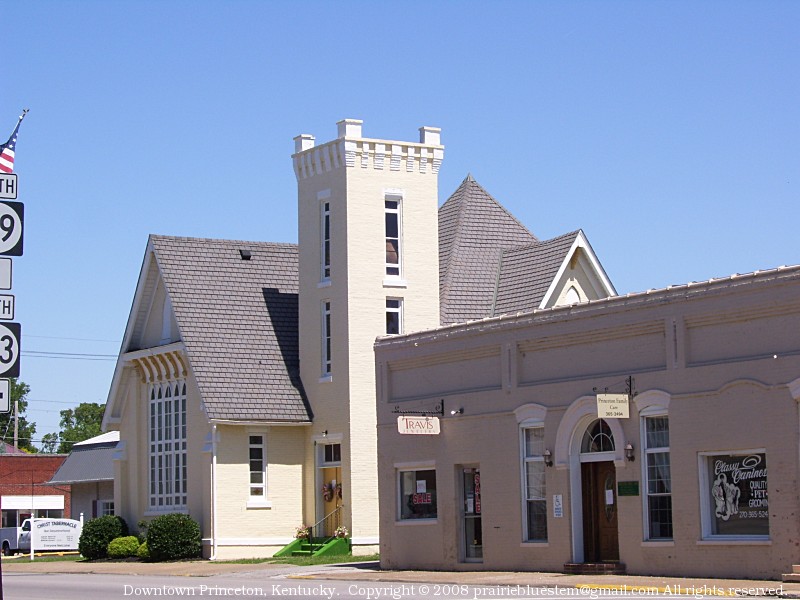
 One hot afternoon every summer, the Minnesota Woolen Mill salesman came to visit in his dust-covered station wagon.
One hot afternoon every summer, the Minnesota Woolen Mill salesman came to visit in his dust-covered station wagon. If my mother decided to buy something, the salesman filled out the order form. Then he refolded his samples, packed his suitcases, loaded his stationwagon, and drove on to the next ranch. Several months later, a package from Minnesota Woolen Mill arrived at our mailbox.
If my mother decided to buy something, the salesman filled out the order form. Then he refolded his samples, packed his suitcases, loaded his stationwagon, and drove on to the next ranch. Several months later, a package from Minnesota Woolen Mill arrived at our mailbox.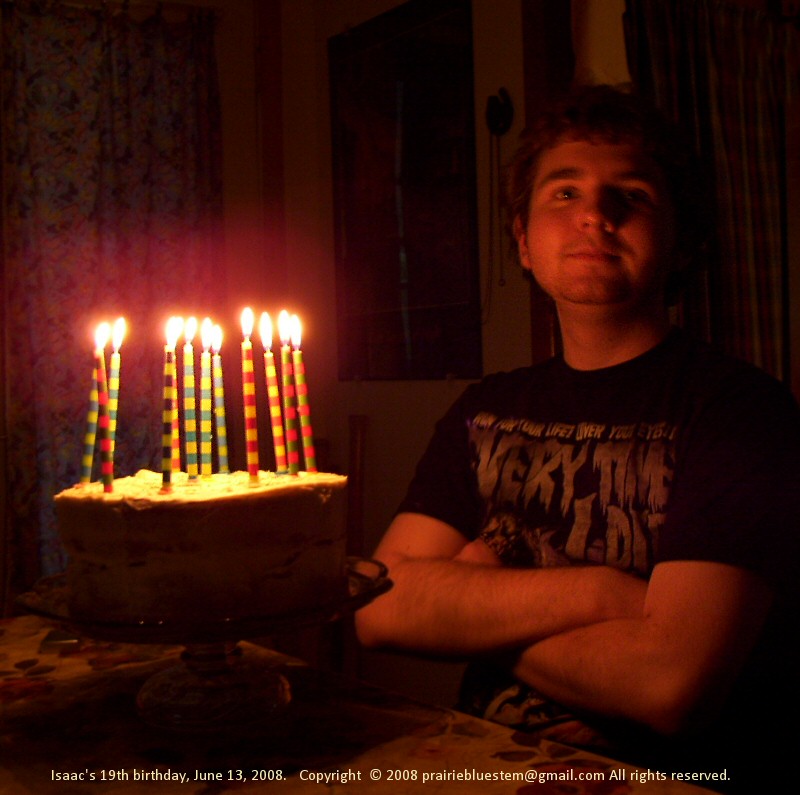
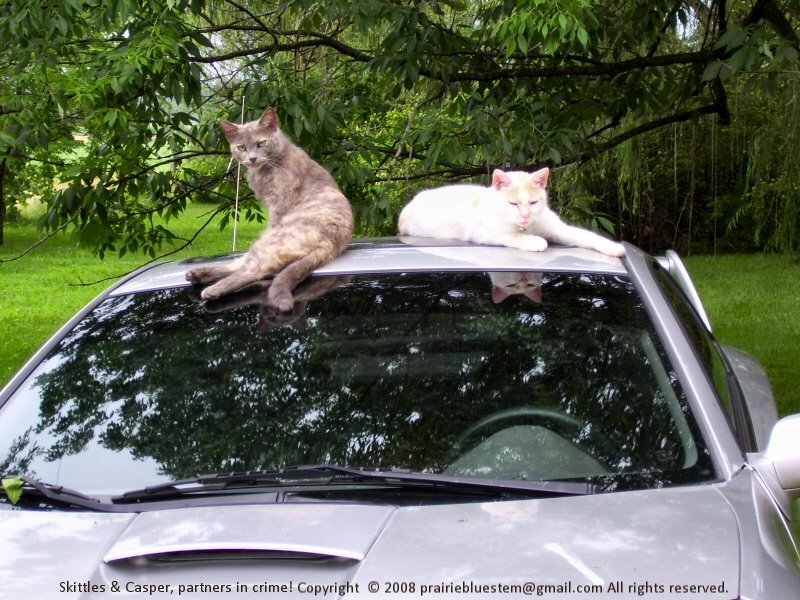


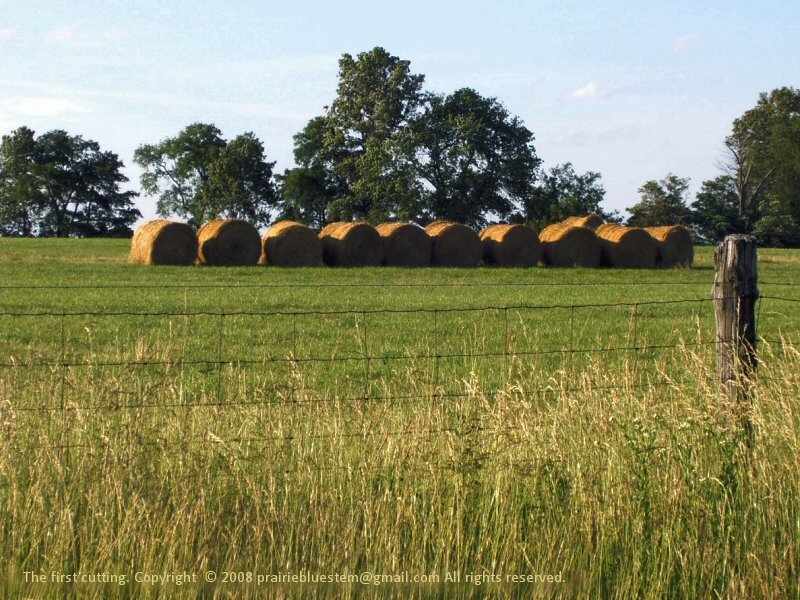
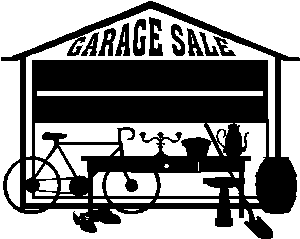 Kentucky's annual
Kentucky's annual